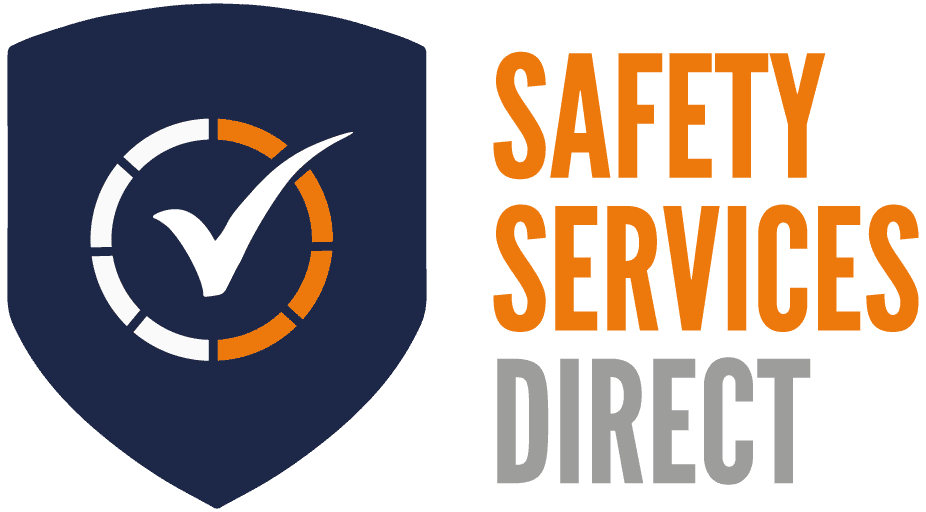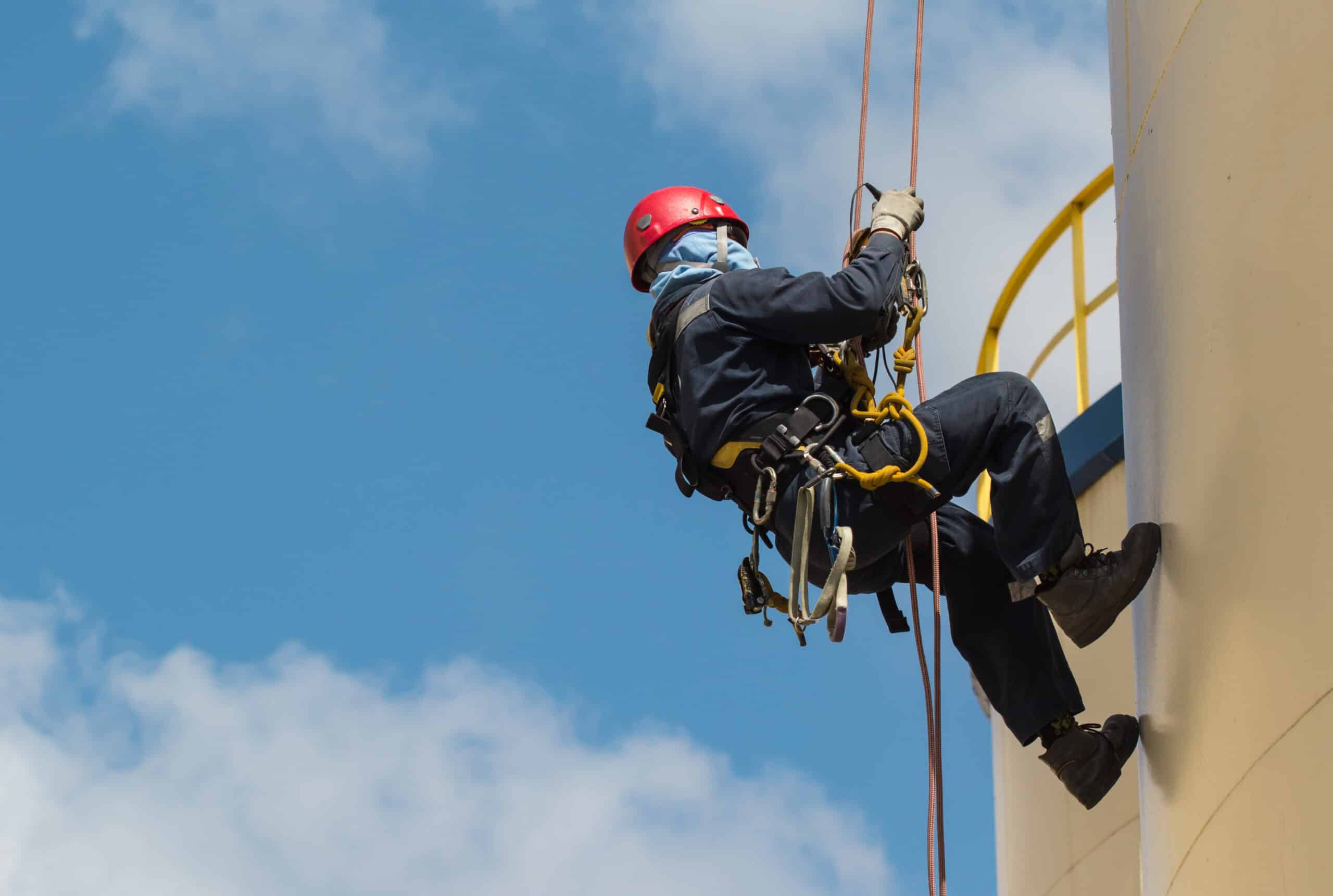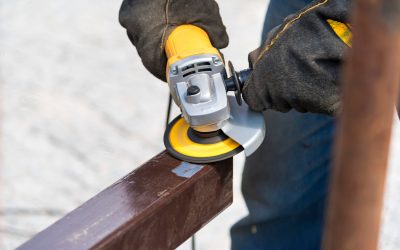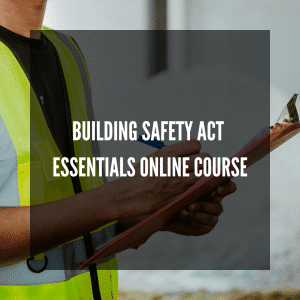Updated 07/07/2023
Workplace safety is of paramount importance, especially when it comes to working at height. Working in these conditions presents various hazards for workers to contend with that usually wouldn’t be a big issue at ground level. According to the HSE, there were 29 fatal injuries due to falls from height in 2021/22.
Being aware of potential hazards and how to avoid them in the workplace is crucial for both employers and employees alike. In this blog post, we delve into the hazards associated with working at height and provide essential control measures to ensure the well-being of employees.
What are the Hazards of Working at Height?
Working at height poses various hazards that can lead to accidents and injuries. Examples of these hazards include falls, falling objects, structural collapses, unstable platforms and adverse weather conditions – just to name a few.
Some of these hazards are minor things that you wouldn’t necessarily judge as being dangerous or are simply a part of everyday work. However, identifying these threats is essential to protecting yourself and other employees.
Distance of Potential Falls
It might seem simple, but the height at which you are working has a massive impact on the potential damage a fall can have. The higher up you are, the higher the likelihood of a fatality should a person or object fall from that distance.
To prevent accidents from falling, ensure the workspace has safe working platforms. This can include guardrails and toe-boards. Stacking equipment and materials correctly should stop them from being knocked over.
Roofs
Fragile, sloped and flat roofs all bring with them certain threats. Often when work is being completed on roofs, it is because they are in need of repair or replacement. This does mean that working on them is very risky. Falling through or off roofs is a common accident.
Using specialised equipment such as roof ladders and supported crawling boards should ensure the area is safe to work on. Before carrying out work on roofs, a full safety check or assessment needs to be completed. This will ensure that measures are in place to make the structure stable enough to support equipment, workloads and workers safely.
Voids
Voids refer to spaces between roofs that are often confined spaces. Working in such areas presents hazards because they have often been left untouched for some time. Therefore, when they are disturbed, dust is quite abundant. This disturbed dust can lead to breathing difficulties if correct safety measures are not in place.
Also, due to the confined nature of these spaces working in them for extended periods can result in postural issues in the long term. Having somewhere for the dust to escape and providing sufficient lighting in these areas are good first steps for making these areas safe. Crawling boards again may be required if the structure is not sound enough to carry the weight of workers and loads. Avoid working in these spaces for too long and consider taking shorter shifts with colleagues to prevent back and breathing issues in the long run.
Unsound Materials
Materials and equipment in the workplace will deteriorate over time, particularly if they are regularly exposed to the elements. Poor upkeep of materials can lead to them breaking on the job or falling from heights, both of which can cause serious injury. Regular equipment safety checks will reduce the likelihood of this occurring and make the workplace safer.
Weather
The most uncontrollable of workplace conditions is the weather. Rain and freezing temperatures can increase the chances of slipping and falling from a distance. Strong winds can also dislodge materials, equipment or even workers. These hazards are out of the control of workers, but they [workers] must adapt to changing weather conditions to avoid such accidents.
For instance, wearing thermal clothing to avoid joints stiffening up in cold conditions and waterproof overalls to stop the rain from soaking through to their body. These small obvious measures are often overlooked and lead to extended leaves of absence through illness or injury. Linking back to the previous hazard, assuring that the safety equipment is in good condition when working in poor conditions like high winds becomes even more vital.
Control Measures & Safety Tips
Knowing what potential hazards to look out for when working at height is a great first step in staying safe in the workplace. The next step is implementing safety precautions to prevent accidents from occurring as a result of these hazards.
Such working-at-height safety tips & measures include:
- Using railing correctly at times and ensuring safety belts/harnesses are connected properly.
- Check your equipment still functions effectively before using it at height, as malfunctions from a distance can be fatal.
- Provide employees with training – providing adequate working-at-height training will ensure workers possess the necessary knowledge and skills to carry out their tasks safely.
- Use the correct working-at-height equipment for the job – this means having the correct size and type of ladder and using crawl boards, lifts or scaffolds when required.
- Use ladders properly – many workers still use ladders wrong when working at height. Remember that at least one hand or three limbs should be your ladder at all times.
- Understand your roofing regulations – these are often misunderstood by many workers, so it is best to brush up on them before working on roofs at height.
- Signage – make sure that safety workplace signs are present and clearly visible to remind workers of the safety precautions they are required to take on the site.
Is there any Legislation Pertaining to Work-at-Height Hazards?
In the UK, the Work at Height Regulations 2005 govern work-at-height activities. Employers, employees, and duty holders have specific duties and responsibilities outlined by these regulations. Non-compliance can lead to severe consequences, emphasising the importance of adhering to the legal framework.
Summary of the Hazards of Working At Height
Working at height poses significant hazards that require proactive measures to ensure workplace safety. Employers must be aware of potential risks and implement control measures accordingly. This includes providing training, using appropriate safety equipment, following regulations, and fostering a culture of safety.
By prioritising safety and taking necessary precautions, you will not only guarantee your compliance with relevant legislation, like the Work at Height Regulations 2005 but also protect your employees and create a safer working environment.
At Safety Services Direct, we have a team of expert consultants who can assist you with conducting risk assessments, identifying working-at-height hazards and implementing the necessary control measures. If you’d like to learn more, feel free to get in touch with our team.









